The intimidating appearance of Neapolitan mastiffs belies their friendly and loyal natures. These dogs are Calm and gentle but do make for excellent watchdogs. They don’t need as much exercise as you might think but they eat a lot and slobber! They crave company and must be trained effectively and so they do place significant demands on owners’ time.
Which breed group is the Neapolitan mastiff in?
Breed group: Working
Neapolitan breed history
Mastiffs have been with us for thousands of years. The first dogs of this type are thought to have originated in Tibet and were used in battle. Over time, the dogs were transported to Europe where variants of the breed were developed. The Neapolitan mastiff evolved in southern Italy and the focus was on creating a dog that was huge and boasted loose skin which provided protection during attacks. But it was also important that the resulting dog was loyal and friendly.
In 1946, journalist Piere Scanzinana saw Neapolitan mastiffs and believed they were fascinating remnants of the Roman Empire. Mastiffs were being used on farms to protect livestock and as fighting dogs for bull baiting. When bull-baiting declined in popularity, the number of Neapolitan mastiffs fell dramatically. The breed was saved largely by the efforts of Commissioner Thompson who bred the mastiffs to preserve them.
Scanzinana worked to raise the profile of the breed and to achieve recognition with Italy’s national dog registry. The Neapolitan mastiff had gained some level of popularity in Europe by the 1970s and the first example of the breed was exported to the United States in 1973.
Neapolitan breed characteristics
Large and imposing dogs, Neapolitan mastiffs have distinctive loose skin around their faces and necks. They possess large heads, square muzzles and uppers lips which form a V shape. Their ears are relatively small and lie flat against their cheeks. Their short necks are extremely muscular as are their legs and shoulders. Tails are carried level with dogs’ backs when they are in motion. Their short coats are fine to the touch and feature a natural sheen. Coats can be a variety of colours including black, blue, blonde, fawn and red.
Neapolitan mastiffs are huge and somewhat intimidating in appearance but are gentle giants which love human contact. They are definitely people dogs who enjoy family life but they can be wary of strangers. They don’t tolerate heat well, they slobber and they exhibit a high prey drive, all of which are serious considerations for prospective owners.
- Lifespan: 8-10 years
- Height: up to 78cm
- Weight: up to 70kg
- Loose skin around face and neck
- Large heads
- Short necks
- Short coats in a variety of colours
- Friendly
- Loyal
- Calm
- Good watchdogs
- High prey drive
- Tend to drool
- Don’t tolerate heat well
- Enjoy human contact
Health issues with Neapolitan
Neapolitan mastiffs live relatively short lives due to their prodigious size and are prone to the following conditions:
- Hip dysplasia Entropion (Eyelids Folding Inwards)
- Ectropion (Eyelids Roll Outwards)
- Cherry eye
- Heart problems
- Osteochondritis dissecans (OCD)
- Skin problems
- Arthritis
- A sensitivity to anesthetics and sedatives
- Bloat
What is the Neapolitan bred for?
The Neapolitan mastiff is an ancient breed dating back over 5, 000 years. It is impossible to know with any certainty for what purpose the dogs were originally evolved. However, they appear to have been used in battle and it is likely that they were also utilised to guard livestock or to act as watchdogs for their owners. In Roman times, mastiffs were used as fighting dogs, but they were also bred to be loyal companions for their owners.
What sort of owners does the Neapolitan suit?
Friendly and loyal, Neapolitan mastiffs are excellent pets and are good with older children. Their size makes them potentially dangerous for smaller children which they may knock over accidentally. They are excellent watchdogs and they don’t require huge amounts of exercise. But they do relish human company and so should not be left home alone. They are low-maintenance when it comes to grooming, however, they drool copiously and are expensive to feed.
Neapolitan mastiffs are best suited to owners who are at home all day and who have big gardens for them to enjoy. It is vital that such large dogs are properly trained and so mastiffs may not be good choices for inexperienced owners. In the right home, these dogs are ideal for family life and will become rewarding pets of great character.

